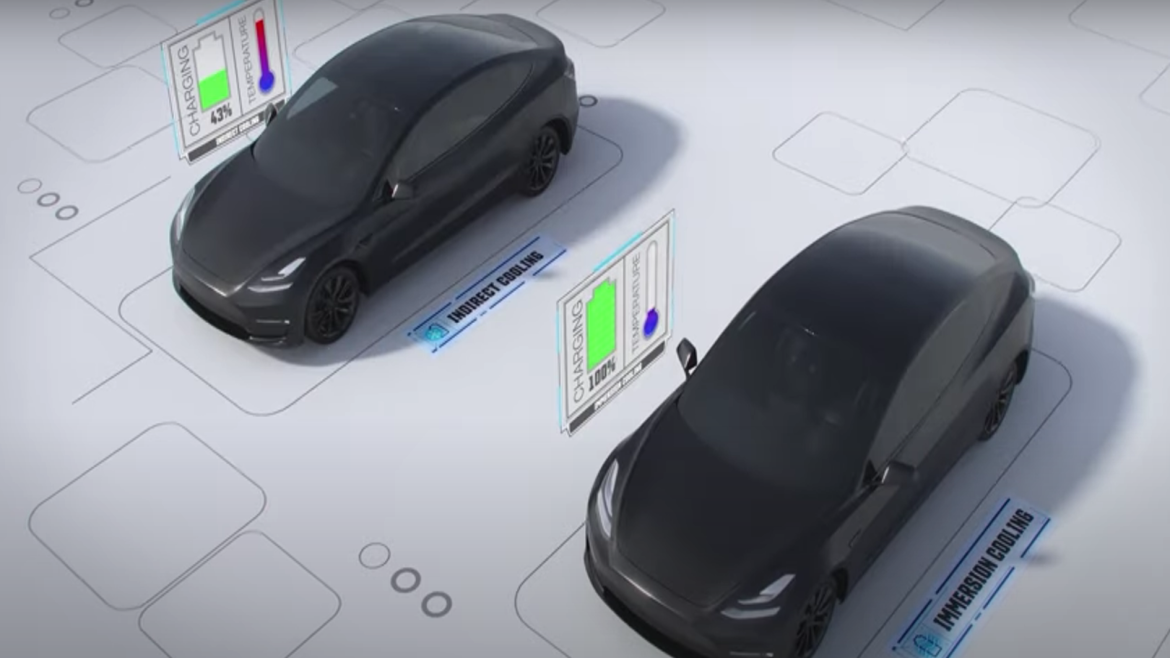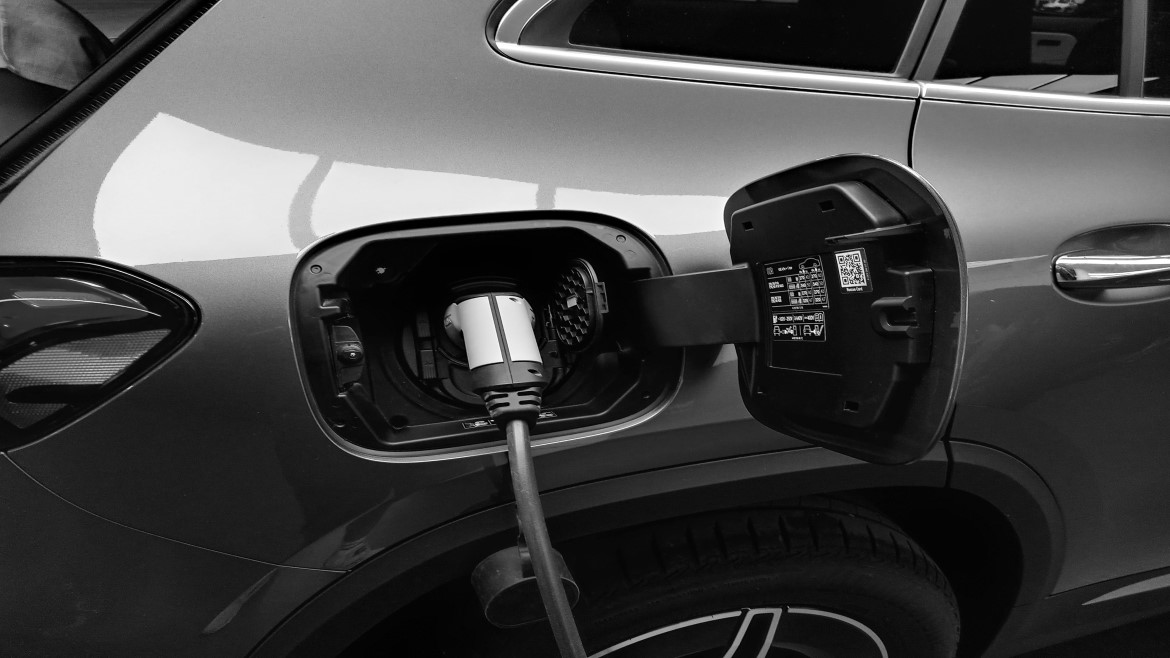Mar 5, 2020
Posted by Craig Paterson, Vice President, Industrial
Electrification gets a lot of attention in the automotive world these days—including here on Lubrizol Additives 360. Why? It’s an important trend, an evolution in the automobile the likes of which the world has never seen. Over the course of the next several decades, it will likely be a seismic shift, and all stakeholders need to be prepared and informed on what it will take to succeed.
To the average onlooker, it’s enough to make one think innovation has stopped going into the traditional internal combustion engine (ICE). But nothing could be further from the truth. While it is evolving rapidly, electric motors are still far from supplanting ICEs as the most common on-road engine. This may happen eventually—but in the meantime, significant innovation continues to occur in the ICE that demands the continued attention of the lubricants industry.
Emissions reduction and new frontiers in efficiency remain a top priority for automakers in the development of ICEs. Consider some recent news out of California, where state officials and four major OEMs (Ford, Honda, BMW and Volkswagen) agreed to achieve 50 mpg on average by 2026—far more aggressive than the federally-legislated target of 37 mpg. And of course, federal demands could change well before 2026.
Innovation has always been the heart of the automotive industry, and it’s clear that’s not changing as many of the industry’s biggest players continue to re-engineer ICE technology to deliver major efficiency gains. Here are a few examples we’re likely to see in the near future:
- Continued hybridization. Hybrid engines will continue to proliferate around the world, and they come with their share of unique challenges for the ICE components. Among those challenges is internal operating temperature, which is significantly lower than traditional engines. Cooler might sound better, but it can in fact be challenging. Excess fuel and water vapor can accumulate in absence of extra heat, which can lead to degradation of the lubricant and corrosion within the engine.
- Diesel emissions. Regulatory bodies around the world are increasingly targeting NOx emissions in diesel engines, which will require widespread adoption of hardware changes and sophisticated aftertreatment devices. This is a familiar story, but in the wake of the Volkswagen emissions scandal several years ago, regulators will be demanding “in use compliance.” That means long-term performance of engines and aftertreatment devices—and if the right lubricants aren’t developed and utilized in these applications, performance and effectiveness will be compromised.
- Cylinder deactivation. In some form of development since the 1980s, cylinder deactivation technology sees certain engine cylinders switch off when that power is not needed—it’s a creative way to eke out better efficiency while maintaining power when it’s needed the most. The concept has been refined over the years, but the implications for engine fluids and lubricants remain the same. Continued on-and-off switching can create aeration in those fluids, which can in turn compromise performance.
- Thermal efficiency. Toyota made a splash in its announcement of its 2.0 liter “dynamic force engine” last year, which increases thermal efficiency via a series of design tweaks. The technology is designed to improve the useful energy that results from combusting fuel. In environments like this one, where a smaller engine is squeezing out more power, combustion temperatures become hotter and hotter, requiring lubricant technologies that are high in thermal stability to deliver ongoing engine protection.
These are just a few of the ways automotive original equipment manufacturers (OEMs) are continuing to deliver higher efficiency with ICE technology, despite electrification grabbing most of the splashier headlines these days. It’s an important, ongoing evolution of the engine that all industry stakeholders should be considering in the design and development of lubricants and other important componentry.
Our View
The lubricants industry has the responsibility of keeping up with the operational challenges that new engine schemes will represent—and with those challenges come new opportunities.
By formulating higher-performing lubricant technology, today’s oil marketers can continue to prove themselves as important partners in the ongoing evolution of automotive technology. The right formulations can drive engine development even further, helping solve important challenges and maintaining long-term engine durability and performance.
These are critically important goals for the broader industry today. Lubricants have a vital role to play—and it takes the right formulations and additive chemistry to accomplish it.









